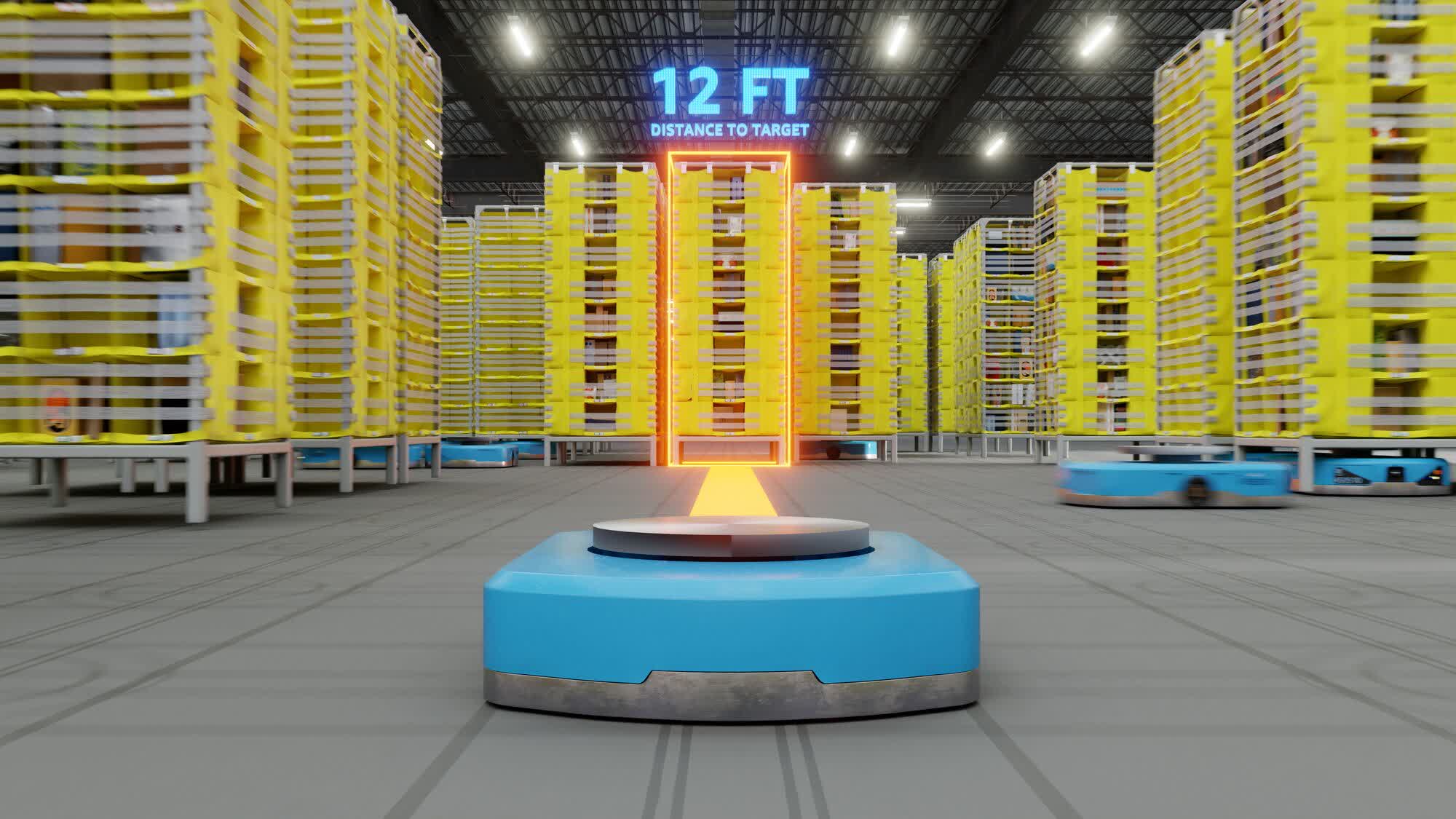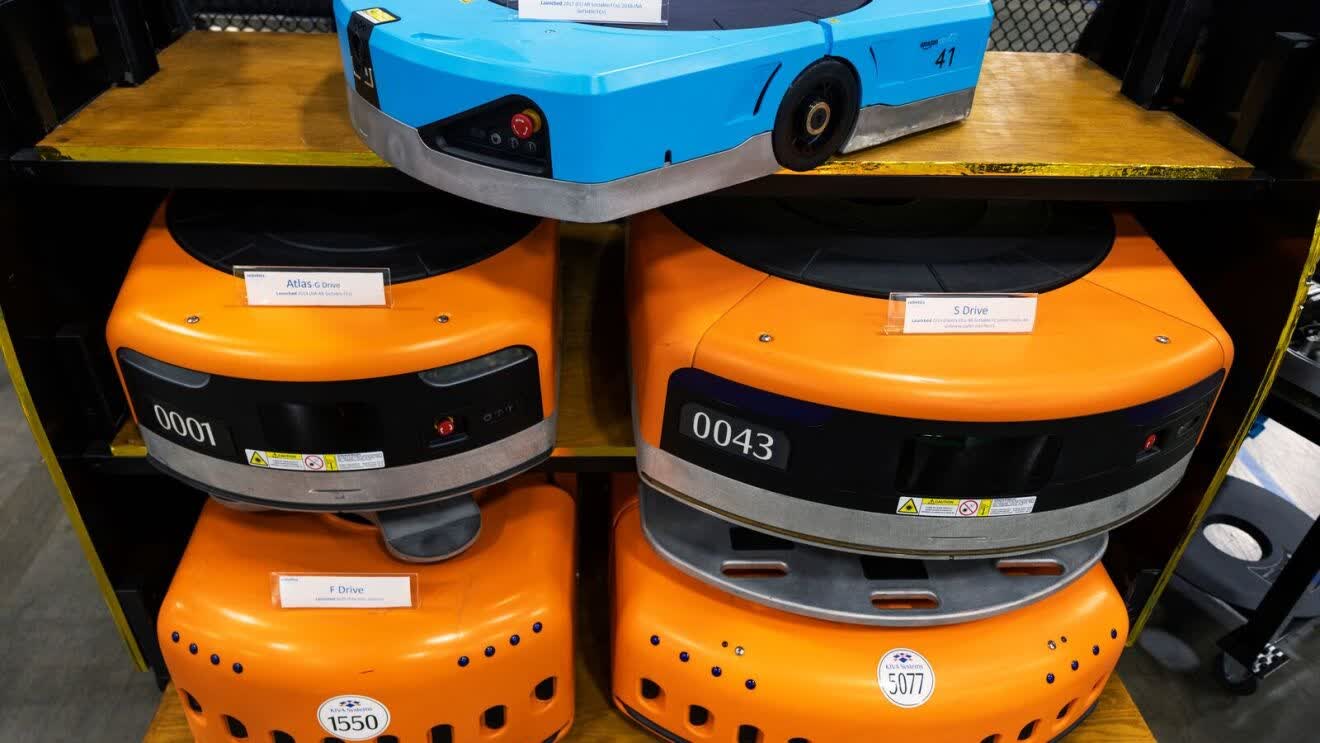A hot potato: Amazon has announced two milestones that not everyone will welcome: the company has just deployed its millionth robot in its warehouse operations, and it is introducing a new AI model that will make the whole fleet smarter and more efficient. It means that Amazon now has almost as many robotic workers as human ones.

Amazon's millionth robot was recently deployed in one of its fulfillment centers in Japan, the company writes. As noted by The Wall Street Journal, this means it is on the verge of having the same number of robots as human workers at its facilities.

Few firms have been going all-in on robots quite like Amazon. There were 350,000 of them in its warehouses in 2021, meaning it has increased their numbers at a pace of around 162,500 new machines every year since then.
The robots have also become more advanced, evolving from the original Roomba-like bots of 2012 that would lift and carry shelving units to the introduction of humanoid machines in 2023. One of these, Digit, is a bipedal, 5-foot 9-inch, 143-pound robot from Agility Robotics that can walk forward, backward, and sideways, squat and bend, and move, grasp, and handle items using its hand-like clasps.
One of the most advanced machines arrived in May. Called the Vulcan robot, the arm is the first to have a sense of touch, allowing it to safely pick and stow approximately 75% of the 1 million items at the Amazon fulfillment center where it has been deployed.

Amazon is experimenting with humanoid robots in its other operations, creating a robotic workforce capable of handling the so-called "last mile" of deliveries.
Amazon also announced that it is introducing the DeepFleet generative AI model that will coordinate the movement of robots across its entire network. Optimizing the robots' routes through warehouses will improve the fleet's travel time by 10%.
Today, robots assist with around three out of every four Amazon deliveries worldwide. They are helping increase output, and have contributed to the lowest number of average employees (670) Amazon has per warehouse in 16 years. The number of packages Amazon moves per employee has also jumped, from about 175 in 2015 to about 3,870 today.
It's estimated that packing its warehouses with robots could save Amazon up to $10 billion per year by 2030, but it leaves a big question over what will happen to the human workers who are worried about their future.
Amazon likes to point out that it has upskilled more than 700,000 employees since 2019, with many training initiatives focused on advanced technologies. There will also be new human roles created as a result of the robots being introduced. However, some job losses seem inevitable.
The threat isn't just in Amazon's warehouses. CEO Andy Jassy last month warned corporate workers that AI will replace some of them over the next few years.
Amazon hits 1 million warehouse robots, nearly matching its human workforce